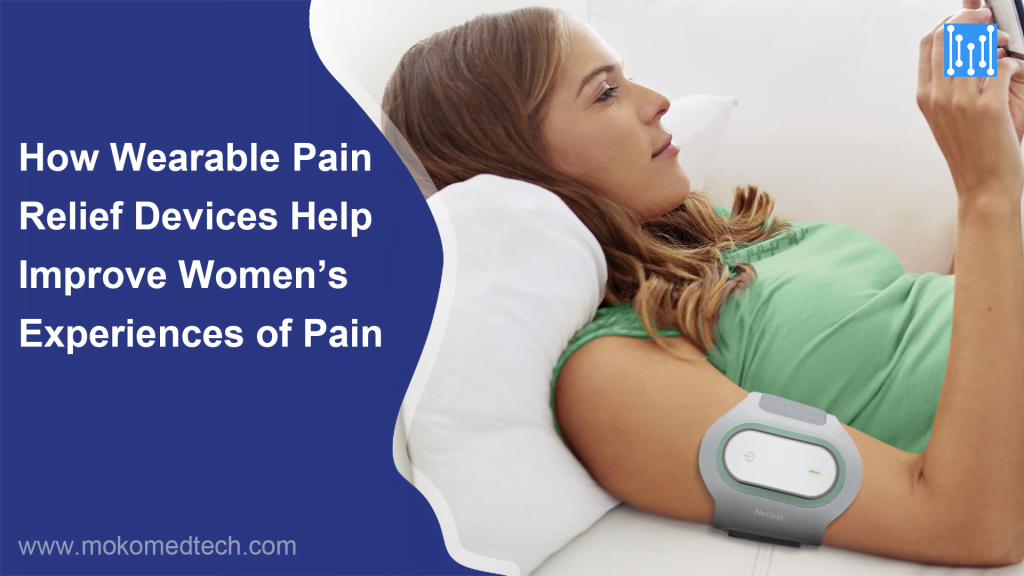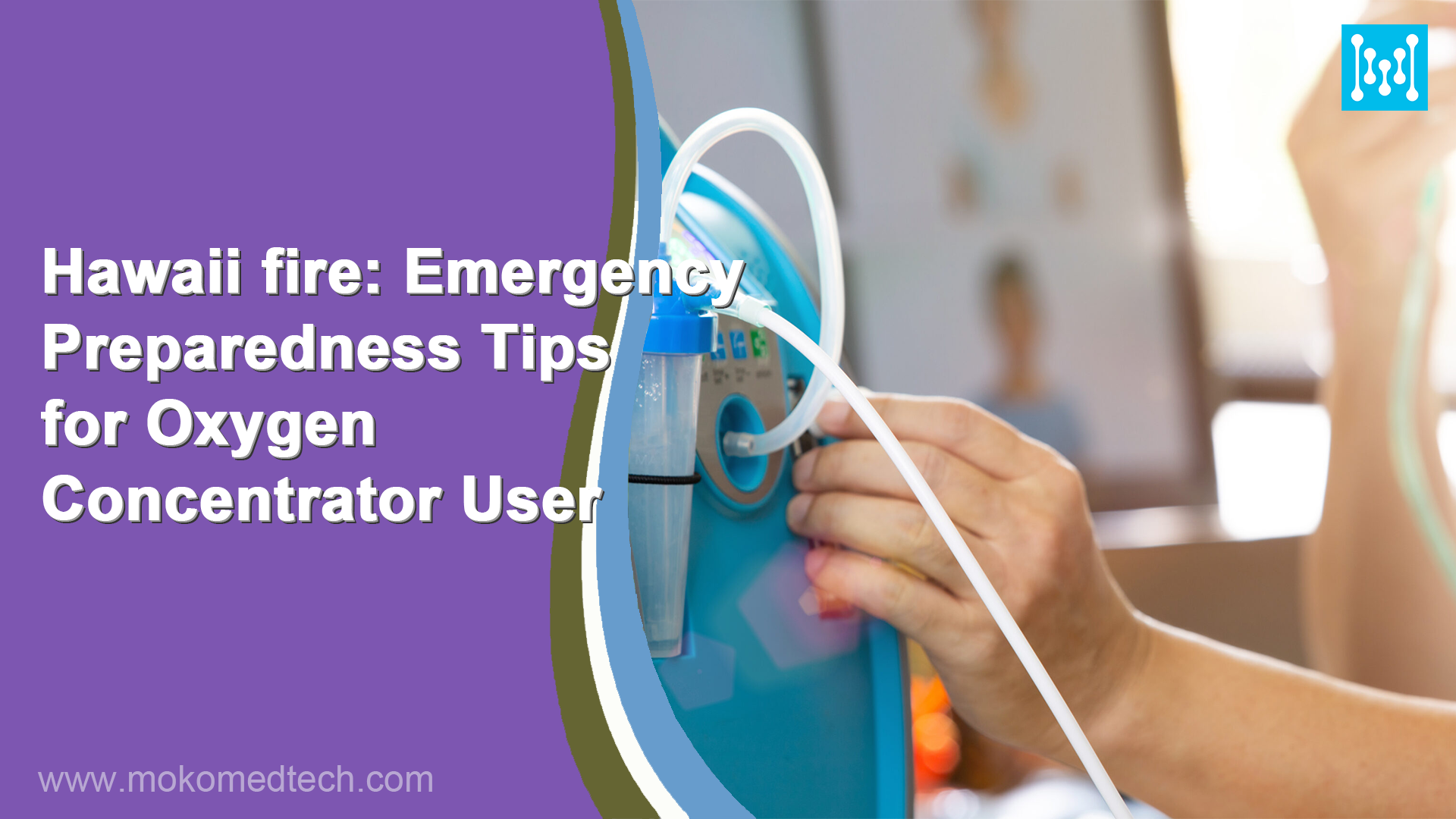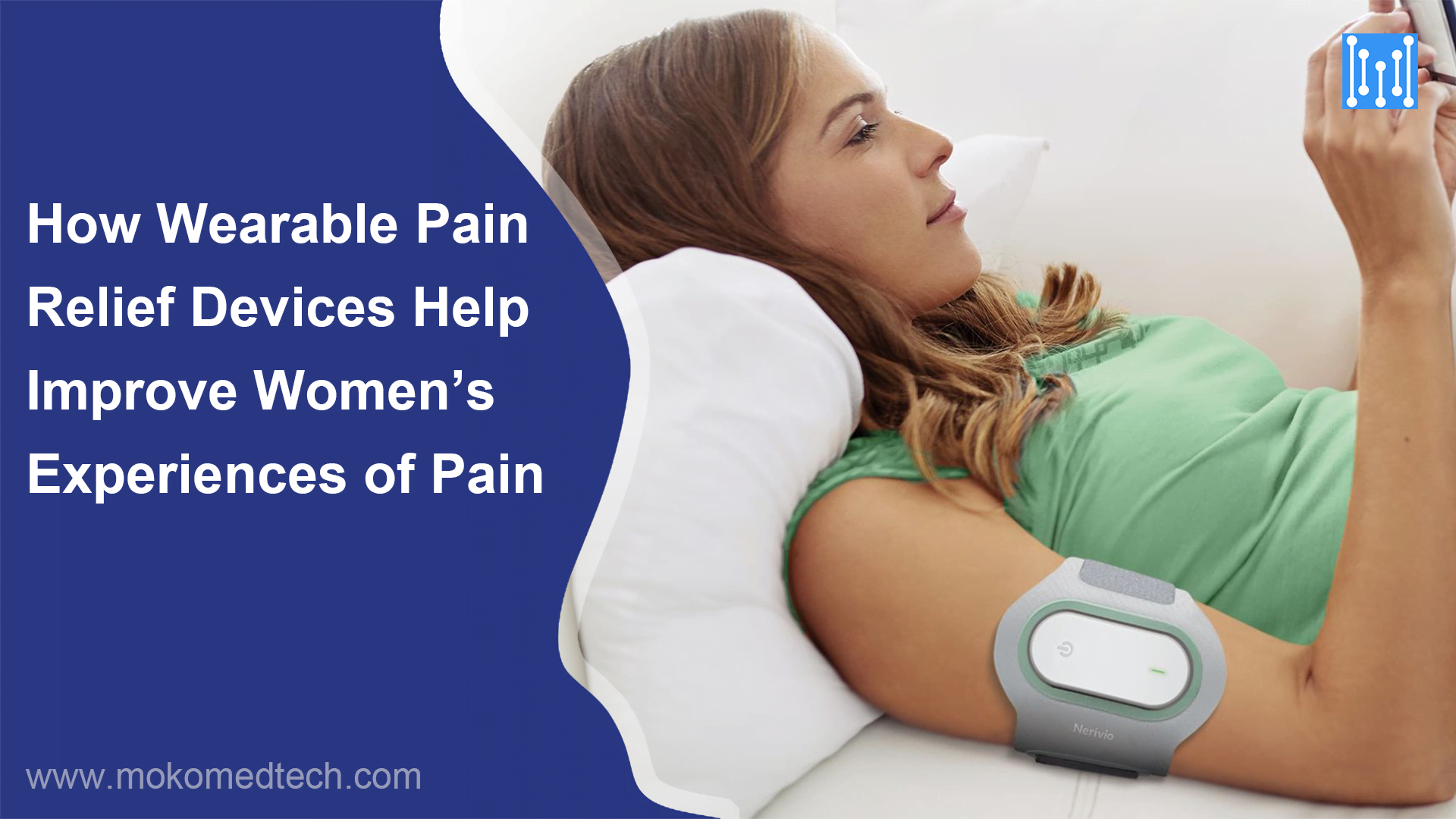Women face a myriad of physical challenges throughout their lives, from menstrual cramps to pregnancy-related aches and chronic pain conditions. Fortunately, advancements in wearable pain relief devices have opened up new avenues for managing and alleviating these discomforts. These devices offer targeted relief, enabling women to regain control over their well-being and embrace their lives with renewed vigor. In this article, we delve deeper into the ways wearable pain relief devices are transforming women’s experiences of pain and enhancing their overall quality of life.
5 Ways Wearable Pain Relief Devices Can Relieve Women’s Pain
1. Menstrual Pain Relief
The monthly cycle can be accompanied by debilitating menstrual cramps that disrupt daily activities and impact productivity. Wearable pain relief devices designed for menstrual pain management have gained popularity. These devices employ various mechanisms such as localized heat therapy, gentle vibrations, or Transcutaneous Electrical Nerve Stimulation (TENS) technology to target and alleviate pain.
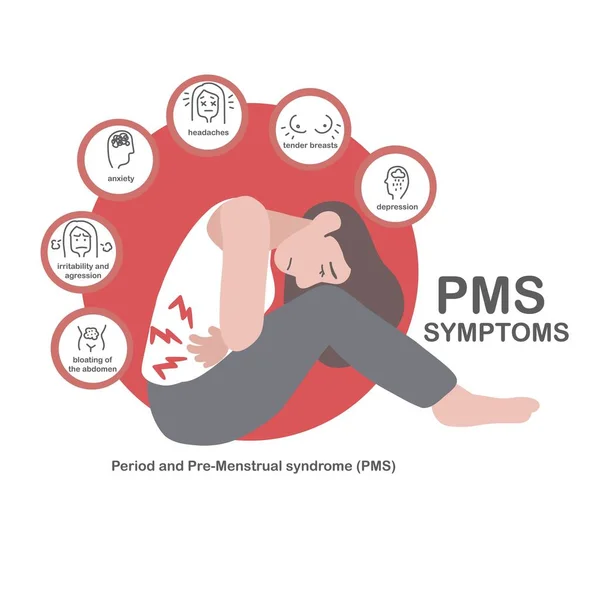
Heat therapy devices often feature built-in heating elements that apply gentle warmth to the lower abdomen or lower back, where menstrual cramps commonly occur. The heat helps to relax the muscles, increase blood flow, and reduce pain sensations.
Some wearable pain relief devices utilize TENS technology to target the nerves responsible for transmitting menstrual pain. The electrical pulses can help reduce pain perception and promote muscle relaxation.
By relaxing the muscles, increasing blood circulation, and soothing discomfort, these devices empower women to navigate their menstrual cycles with greater ease and minimal disruption.
2. Pregnancy-Related Pain Management
The miraculous journey of pregnancy can also bring about a host of physical discomforts, including back pain, pelvic pain, and muscle soreness. Pregnancy can sometimes cause pelvic girdle pain or symphysis pubis dysfunction, leading to pain in the pelvic area. Specific wearable devices offer adjustable support and compression to the pelvic region, which can help stabilize the joints and reduce pain. Wearable devices such as maternity support belts and bands have emerged as invaluable tools for expectant mothers. These devices provide gentle compression and support to the abdominal region, effectively relieving the strain on the back and pelvis.
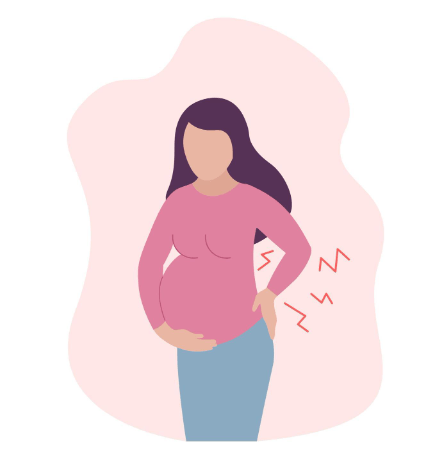
Pregnancy-related pain can sometimes limit a woman’s mobility and make daily activities challenging. Wearable pain relief devices, designed to be portable and discreet, allow pregnant women to continue their routine activities while experiencing pain relief, promoting better mobility and quality of life. By promoting proper posture and distributing the weight of the baby, these devices help reduce pain, enhance comfort, and enable pregnant women to maintain an active and fulfilling lifestyle throughout their pregnancy.
3. Breast Pain Relief
Breast pain is a common concern among women, whether caused by hormonal changes, premenstrual syndrome (PMS), or breastfeeding. Wearable pain relief devices specifically designed for breast pain offer tailored solutions. These devices may incorporate hot or cold therapy, adjustable compression, or specialized bras that provide support and gentle pressure to the breasts. By reducing inflammation, easing tenderness, and providing soothing relief, these wearable devices allow women to go about their daily activities without added discomfort and with increased confidence.

Wearable pain relief devices offer a non-invasive approach to managing breast pain, which may be preferable for individuals who wish to avoid medication or invasive procedures. These devices provide a drug-free alternative that can be used in conjunction with other treatment methods.
4. Chronic Pain Management
Women with chronic pain conditions such as fibromyalgia, arthritis, or endometriosis face daily challenges that significantly impact their quality of life. Wearable pain relief devices have emerged as valuable allies in managing chronic pain. TENS units, for example, use electrical stimulation to target the affected areas, blocking pain signals and promoting the release of endorphins, the body’s natural painkillers. Similarly, wearable heat wraps can provide localized heat therapy, increasing blood flow, relaxing muscles, and reducing inflammation.
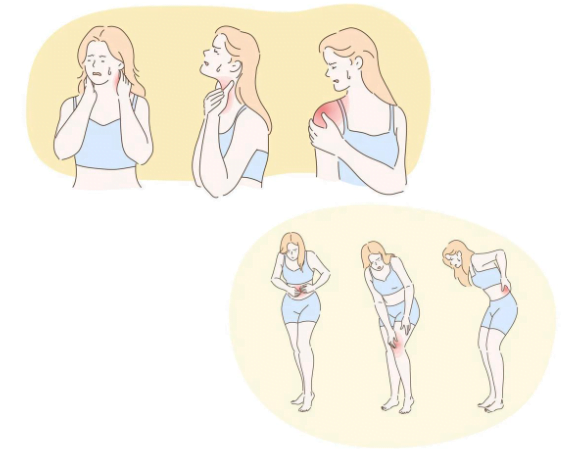
These devices offer women with chronic pain the freedom to alleviate discomfort, reduce reliance on medication, and regain control over their daily lives. Chronic pain requires ongoing management, and wearable pain relief devices are designed to be used over extended periods. They are often durable and built to withstand regular use, allowing women to incorporate them into their long-term pain management strategies.
5. Postpartum Pain Recovery
The postpartum period is a time of physical recovery after childbirth, during which women may experience pain and discomfort. Whether from episiotomies, cesarean sections, or general muscle soreness, the recovery process can be challenging. Wearable pain relief devices play a vital role in postpartum pain management.
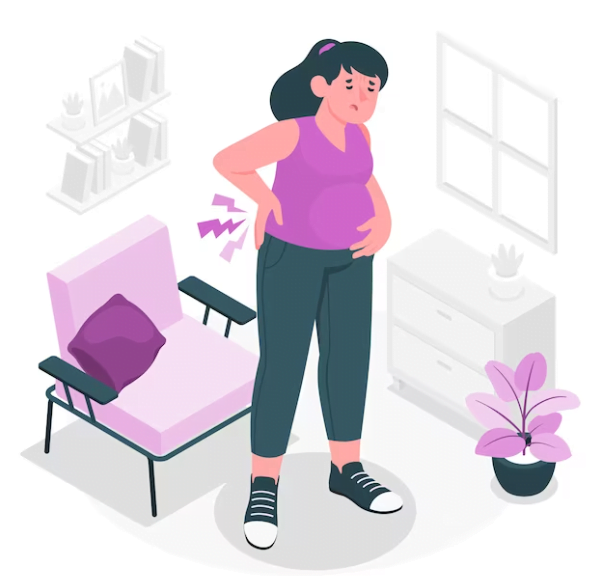
Postpartum pelvic pain, such as perineal pain or pain related to pelvic floor muscle strain, is common after childbirth. Certain wearable devices are designed to offer support and compression to the pelvic region, which can help reduce pain and promote healing. These devices can provide gentle pressure and stability to the pelvic area, assisting in the recovery process.
Cooling perineal pads provide soothing relief to the perineal area, reducing swelling and promoting healing. Compression garments designed for postpartum use offer support, gentle compression, and stabilization, aiding in abdominal muscle recovery and reducing discomfort. By facilitating faster healing, minimizing swelling, and promoting overall comfort, these devices assist women in navigating the postpartum period with greater ease and confidence.
Extended reading: What is A TENS Unit?
1. What is A TENS Unit?
A Transcutaneous Electrical Nerve Stimulation (TENS) unit is a portable, non-invasive medical device designed to alleviate pain by utilizing low-voltage electrical currents. This device has gained popularity in both clinical and home settings due to its effectiveness in managing various types of pain, ranging from acute to chronic conditions. TENS units are user-friendly and can provide relief without the need for medications or invasive procedures.
2. Working Principle of TENS Unit
The underlying principle of a TENS unit involves the application of electrical stimulation to nerve fibers, primarily targeting the sensory nerves responsible for transmitting pain signals to the brain. By introducing a gentle electrical current to the affected area, TENS units stimulate the nerves and interfere with pain signals, thus diminishing the perception of pain.
TENS units typically consist of a small, battery-operated device with electrode pads that adhere to the skin. The electrodes are placed strategically on or near the area experiencing pain. When activated, the TENS unit generates electrical pulses that travel through the electrodes and into the body. These pulses can be adjusted in terms of intensity, frequency, and duration to suit the individual’s needs.
The electrical currents produced by a TENS unit serve multiple purposes. Firstly, they stimulate the production of endorphins, which are the body’s natural pain-relieving chemicals, providing a sense of relief. Secondly, they have a gate control effect, whereby the electrical signals block the pain messages from reaching the brain, essentially “closing the gate” to pain perception. Lastly, TENS units may also promote blood circulation and reduce muscle tension, further aiding in pain relief.
3. How to Use a TENS Unit:
Using a TENS unit is relatively simple, but it is crucial to follow the manufacturer’s instructions and consult with a healthcare professional for personalized guidance. Here are the general steps for using a TENS unit:
3.1 Prepare the TENS unit: Ensure that the device is charged or equipped with fresh batteries. Familiarize yourself with the controls and settings, including the power button, intensity adjustment, and program options.
3.2 Prepare the skin: Thoroughly cleanse the area where you’ll place the electrodes using mild soap and water. Pat the skin dry to ensure proper adhesion of the electrodes.
3.3 Apply the electrodes: Peel off the protective backing from the electrode pads and carefully place them on or near the site of pain. Refer to the user manual for specific electrode placement recommendations based on the type of pain or condition being targeted.
3.4 Adjust the settings: Activate the TENS unit and set the intensity level to a comfortable setting. Begin with low intensity and gradually increase until you feel a gentle tingling or pulsating sensation without discomfort.
3.5 Duration of use: TENS sessions typically last between 15 and 60 minutes, depending on the individual’s tolerance and the recommendations provided by a healthcare professional. To prevent skin irritation or overstimulation, it’s crucial to follow the recommended duration.
3.6 Monitor and maintain: Pay attention to your body’s response during the TENS session. If you experience any discomfort or skin irritation, stop using it and consult a healthcare professional. After each session, turn off the unit and carefully remove the electrode pads, storing them in a clean, dry place.
Summary
TENS units have become a valuable tool in pain management, offering a non-invasive and drug-free approach to alleviate various types of pain. By utilizing electrical stimulation, these devices effectively interfere with pain signals and promote the release of endorphins, providing relief to individuals suffering from acute or chronic pain. However, consulting with a healthcare professional before using a TENS unit is important to receive personalized guidance based on your specific condition.
